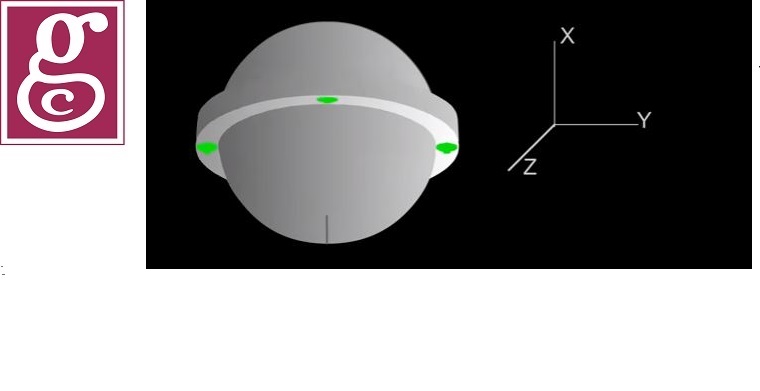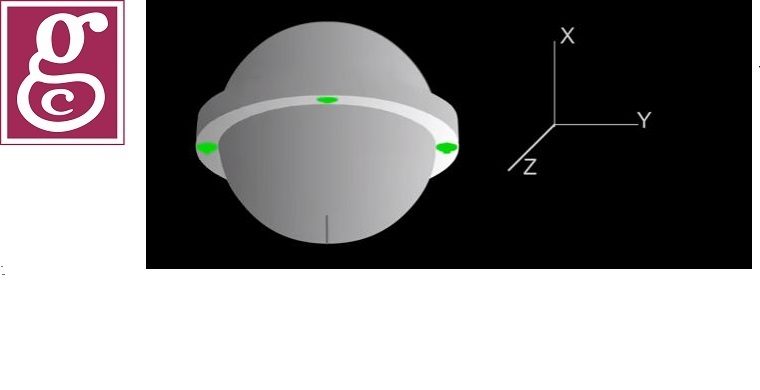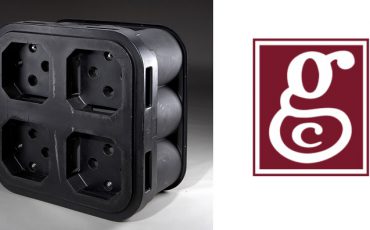
Rotational molding is a cost-effective way to produce strong, hollow plastic parts that combine aesthetics with functionality. First, powdered plastic or plastic pellets are added to a metal mold made of aluminum or steel. Next, the mold is rotated and heated so that the plastic softens to the point that it begins coating the inside of the mold. While rotating, the mold is then cooled so that the plastic solidifies. Finally, the metal mold is opened and the plastic part is removed.
Rotomolding is a proven manufacturing process with applications that range from transportation and architecture to medical and industrial. In a recent YouTube video, the Affiliation of Rotational Moulding Organisations (ARMO), a U.K. based organization with international affiliates, explains what rotational molding is and what rotomolding can do. Gregstrom Corporation, a rotational molder with 70+ years of experience, also has a YouTube video, Rotational Molding 101, that you won’t want to miss.
Rotational Molding 101
As Gregstrom’s video explains, the first step of the rotational molding process involves loading powdered resin into a metal mold that’s been machined, cast, or fabricated. Using bolts or clamps, the mold is then closed. Next, the mold is moved to an oven where it rotates slowly about two axes simultaneously. This biaxial rotation allows the mold to be coated evenly with plastic, yielding a uniform wall thickness.
The speed of the biaxial rotation can be adjusted to suit the shape and complexity of the plastic part. The powder resin is not centrifugally thrown against the walls of the mold. Rather, the mold runs through the pile of powder material. As heat is transferred through the mold, the resin powder melts and adheres to the mold’s surface, building up layers of plastic.
The Molding Cycle
During the molding cycle, the mold’s temperature increases from ambient temperature to several hundred degrees Fahrenheit. In turn, this causes air pressure to build-up inside of the mold. To minimize this pressure build-up, a vent allows air to exit the mold. After the cooling cycle, the vent is removed. This leaves a hole in the final part.
When all of the plastic material is melted and distributed evenly, the mold is sent to a cooling chamber. There, while continuing its biaxial rotation, the mold is cooled with air, water mist, or a combination of both. The temperature is lowered gradually and the plastic solidifies into its final shape. Then, when the mold and the part are cooled sufficiently, the mold is opened and the part removed.
Is Rotational Molding Right for Your Project?
Would you like to learn more about rotomolding? Are you ready to discuss your application, or would you like to discover other rotational molding projects? Gregstrom combines expert rotomolding with plastic finishing services and Mold-In Graphics for parts decoration. Contact us to learn more.



